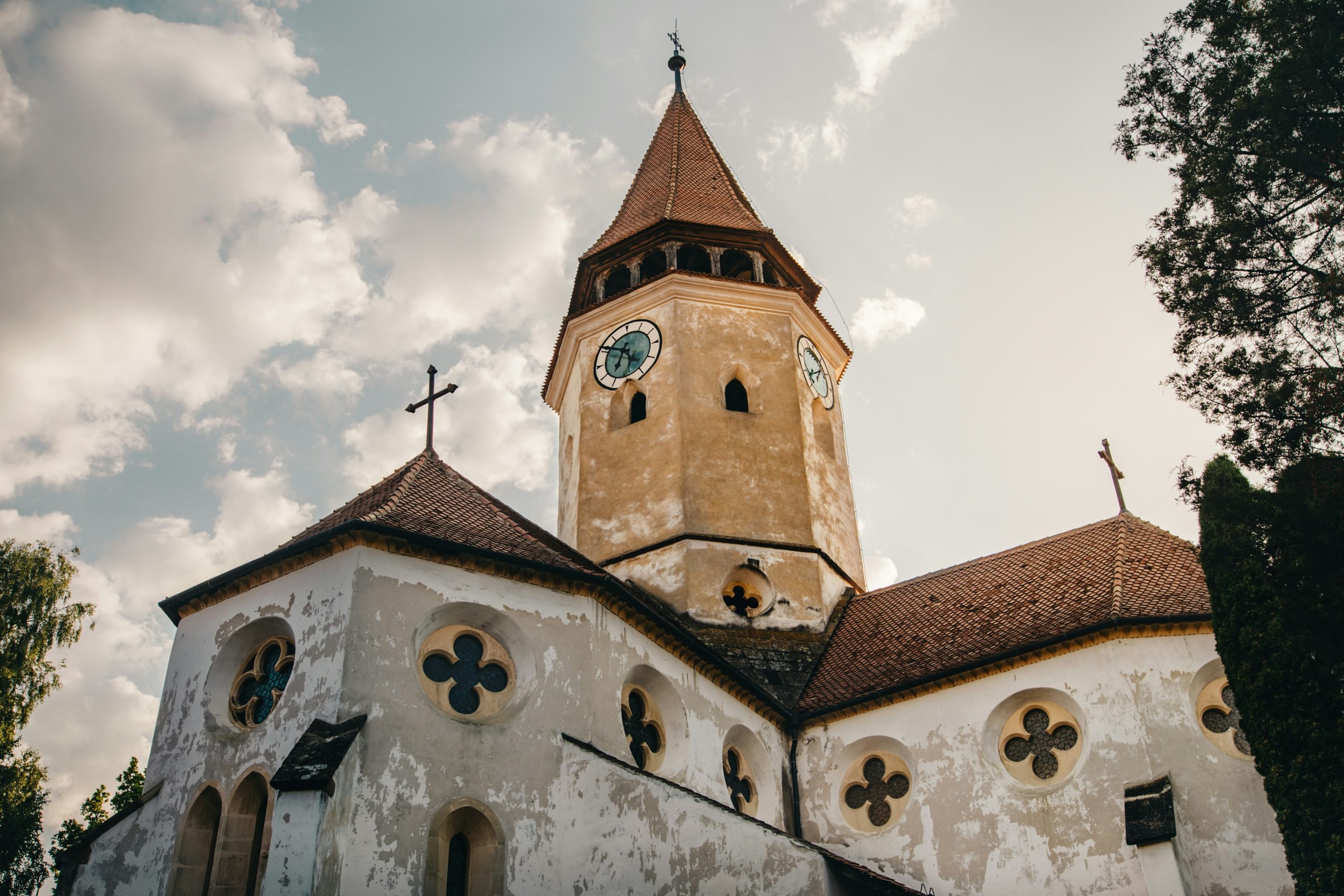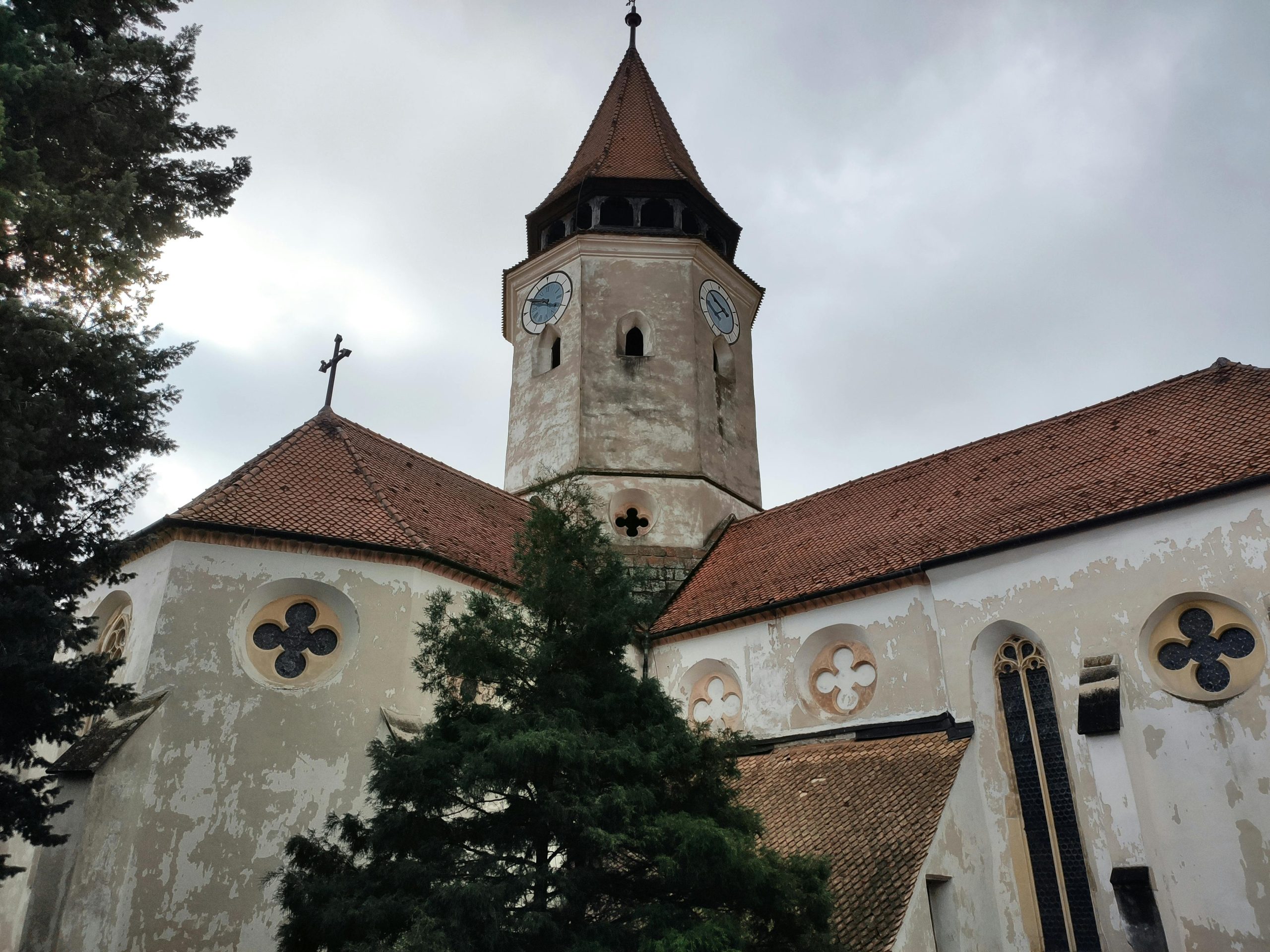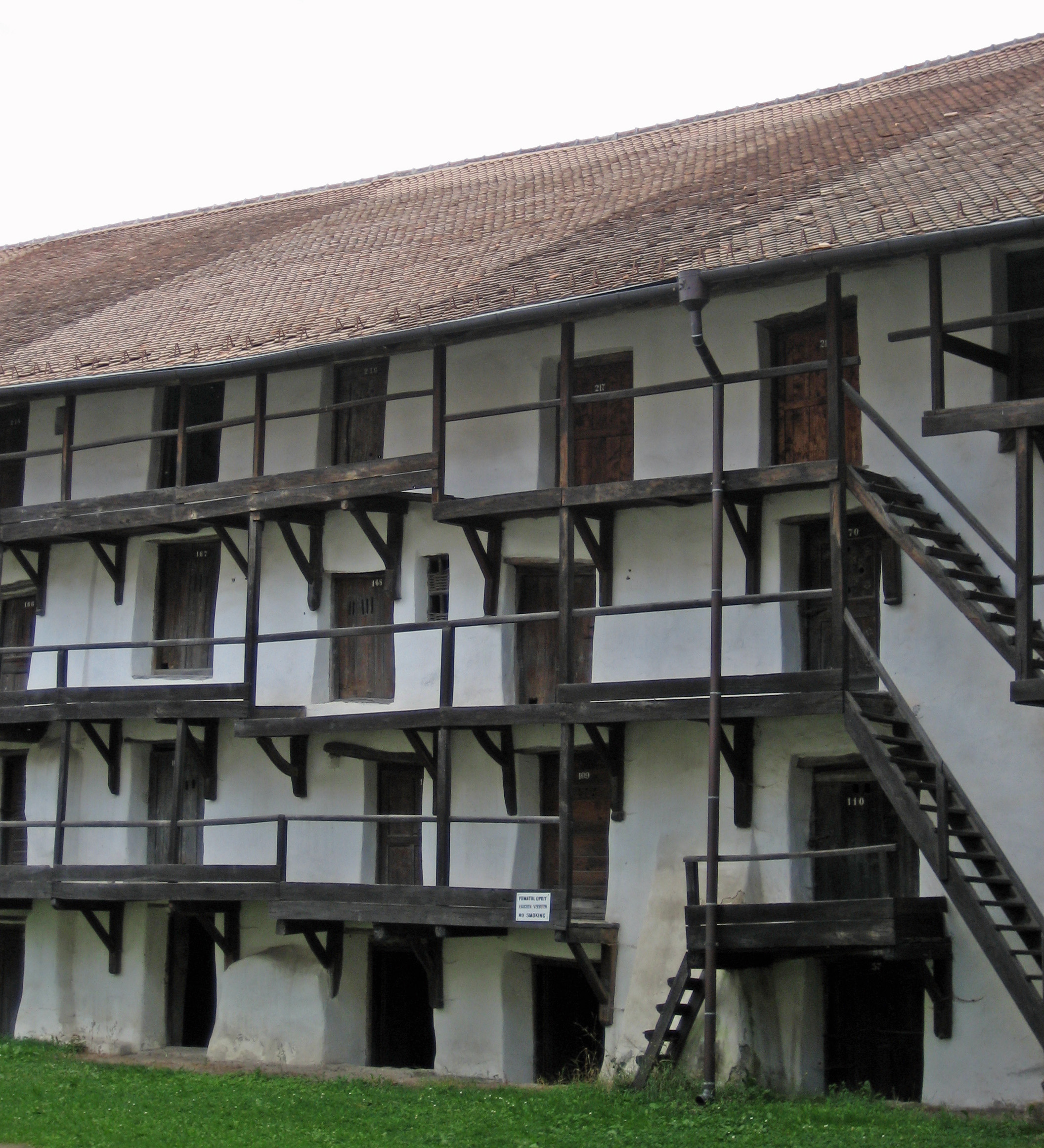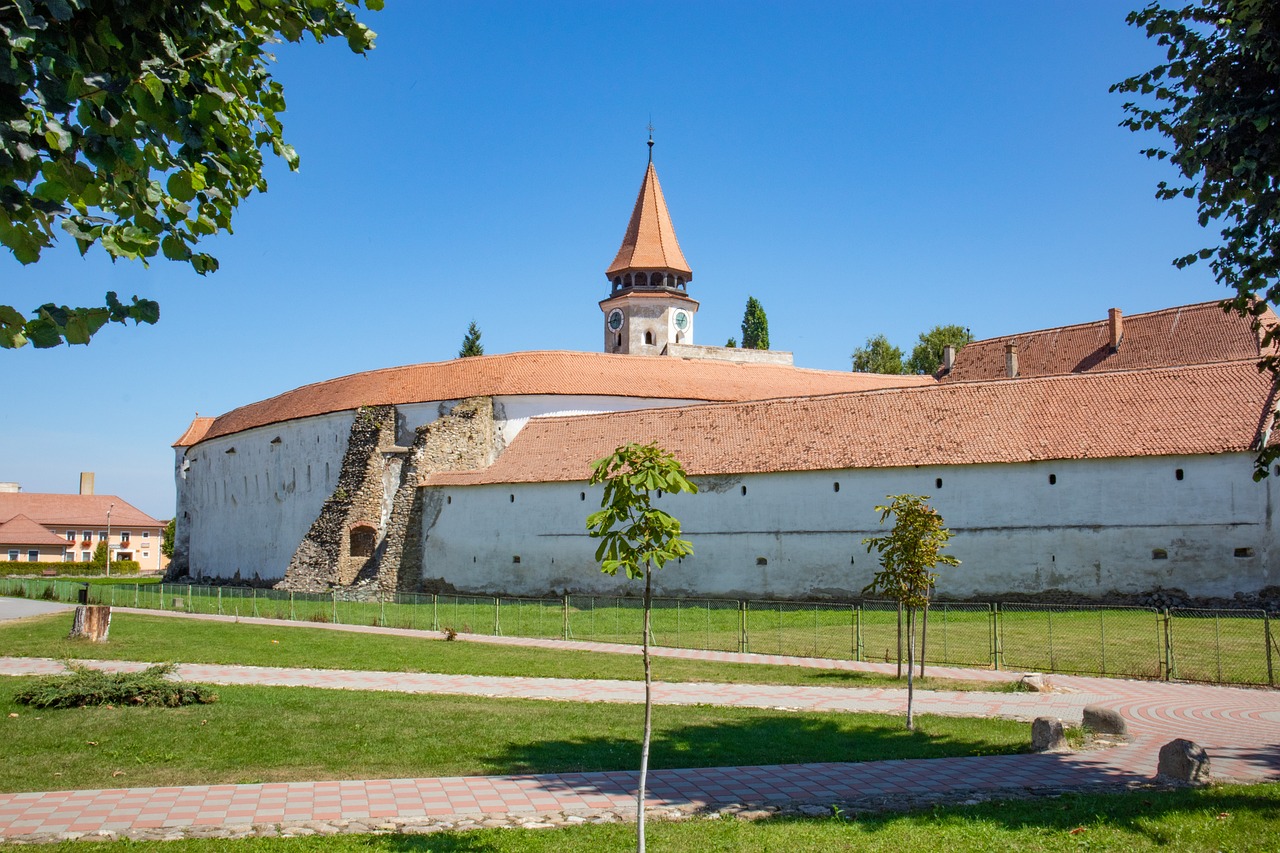The History Of The Transylvanian Saxon Fortified Church Of Tartlau
The Transylvanian Saxon fortified church of Tartlau (known in Romanian as Prejmer) is one of the most well known of its kind. It was initially built by the Teutonic Knights but, after they were subsequently evicted by the Hungarian monarch Andrew II in 1225, it was subsequently taken over by the Catholic order of the Cistercians and, later on, the local community of Transylvanian Saxons, an ethnic German sub-group of the broader German minority in Romania who were invited to settle in Transylvania beginning in the 12th century by King Géza II in order to protect the southern, south-eastern, and north-eastern borders of the former medieval Kingdom of Hungary against foreign incursions stemming from Asia (e.g., those of the invading Cumans, Pechenegs, Tatars, Mongols, and, later on, Ottoman Turks) and boost the local/regional economy by means of trade and agriculture. Situated in south-eastern Transylvania, in the ethnographic region known as Burzenland (or Țara Bârsei), the medieval Transylvanian Saxon fortified church of Tartlau/Prejmer is a well known tourist attraction of Brașov/Kronstadt County (situated in the proximity of the county seat, i.e., the picturesque and beautiful namesake city). In the beginning, the fortified church was Roman Catholic (as all the German/Transylvanian Saxon fortified churches across Transylvania). Nonetheless, after the Protestant Reformation, it turned Lutheran. In the Transylvanian Saxon dialect, the name of the locality where the fortified church is situated is Tuerteln or Torteln.

The Transylvanian Saxon medieval fortified church of Tartlau/Prejmer, situated in Brașov/Kronstadt County, south-eastern Transylvania, Romania. Image source: www.unsplash.com
As previously mentioned in the introduction, the church was built between by the Teutonic Knights during the early part of the 13th century and is the largest fortified church in Southeastern Europe. Over the passage of time, through five centuries of existence, the fortified church saw the threat of siege 50 times, but was only captured once, namely in 1611 by the then Prince of Transylvania Gabriel Báthory after several days of skirmish, with the defenders surrendering it after they ran out of drinking water. One significant aspect which could explain why this fortified church was besieged so many times throughout its long history is the fact that the village with which it is associated is the easternmost settlement that was founded by the Transylvanian Saxons, making it therefore more vulnerable to foreign enemy attacks.

The Transylvanian Saxon medieval fortified church of Prejmer/Tartlau, as seen during a cloudy day. Image source: www.pexels.com

View from inside the medieval Transylvanian Saxon fortified church of Prejmer/Tartlau. Image source: Wikimedia Commons
Its architecture is a mixture of Cistercian style and Late Gothic. Last but not least, it was recognised by UNESCO as a World Heritage Site in 1999 and included on the list of villages with fortified churches in Transylvania, central Romania. Nowadays, this imposing medieval fortified church can be visited by both national and international tourists.

The walls of the Transylvanian Saxon medieval fortified church of Prejmer/Tartlau. Image source: www.pixabay.com
Documentation sources and external links:
- Prejmer fortified church on www.wikipedia.org (in English)
- Prejmer on www.wikipedia.org (in Romanian)
- Prejmer fortified church on www.bisericafortificataprejmer.ro (in English and other languages)
- Prejmer fortified church (UNESCO World Heritage Site) on www.romaniatourism.com (in English)
- Prejmer Fortified Church on www.uncover-romania.com (in English)

